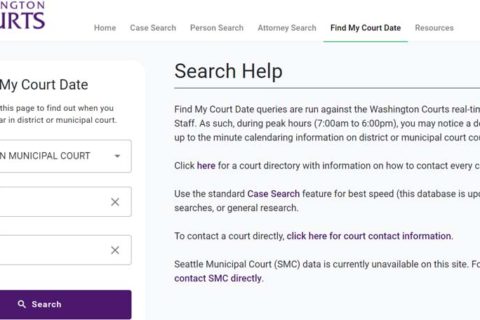The Child Support Division of the Office of the Attorney General is the official public child support agency for the state of Texas. They are going to make sure every child receives the support they need and deserve. By the way, how does the Attorney General calculate child support? You are going to get that information by reading this entire text.
How to Apply for Child Support?
You are able to apply for child support services in some ways. However, applying online is the easiest and fastest way.
Apply from the Application
To open a child support case in Texas, you will need to provide information about yourself and the other parent. You have to provide as much information as you can about you, the other parent and your child.
Here are some information to provide:
-
- Social Security number
- Driver’s License number
- Phone number
- Employment history
- Alternative contact information
- Attorney information
Apply Online
To open a child support case, you are able to use their online system. Please login to your online account.
Apply by Mail
If you cannot apply online, you are able to request a physical application from the Child Support Division. Need to know that mailed applications take longer to process than online applications.
-
- Request a physical application form.
- Call (800) 252-8014 to receive a form in the mail.

How Does the Attorney General Calculate Child Support?
The Attorney General calculates child support using the Monthly Child Support Calculator. For your information, the Monthly Child Support Calculator provides an estimate for a single source of income. The actual amount set by the court can differ. In Texas, when calculating child support, the court is going to apply child support guidelines, which are law based and are frequently called as “Guidelines.” Guidelines determine a basic minimum amount of child support. The court will be able to deviate from them after consideration of various factors. The Guidelines are presumed to be reasonable.
How Are Child Support Guidelines Applied in Texas?
Guidelines are applied based on Net Monthly Income. After determining Net Monthly Income, then the court is going to apply one of two standards. The first standard will apply if an obligor’s net monthly income is less than $7,500.00. Then, the second standard will apply if an obligor’s net monthly income is greater than $7,500.00. If the obligor’s net monthly income is less than $7,500.00, then the court is going to look at the number of children in a household that are the subject of the suit. Need to note that a different calculation applies if an obligor has the children in two different households.
How Much Is Child Support in Texas?
Texas child support laws give the following Guideline calculations: one child= 20% of Net Monthly Income, two children = 25% of Net Monthly Income, three children = 30% of Net Monthly Income, four children = 35% of Net Monthly Income, five children = 40% of Net Monthly Income, and six children = no less than 40% of Net Monthly Income.
If the obligor’s net monthly income is more than $7,500.00, then the court is going to apply the same calculations as above to the first $7,500.00 of net monthly income. If the obligee can prove that the child has needs warranting that more child support is needed, then the court is able to order that the obligee pay more child support. Those needs can include tuition, tutoring, extra medical costs, and extra-curricular activities, among many other things.
There is a limit on the amount of child support which can be given. The court is going to limit the amount over guidelines to the proven needs of the child. For example, if the obligee can prove that the children’s needs are $500 more than what is minimum, then the court can order that the obligor pay $500 more than the guidelines minimum.
How Is Monthly Income Calculated?
Texas law sets that to calculate net monthly income, the court must first calculate gross income on an annual basis, then recalculate to determine the average monthly gross income. It means that the court will divide the annual net income by 12 to come up with monthly net resources.
In determining gross income, the court is going to calculate net resources. Resources include all wages and salary, royalty income, self-employment income, interests, dividends, net rental income, all other income being received, including retirement, pensions, severance, social security, unemployment, disability and workers’ compensation among numerous other income categories. Then, the court will deduct the following: social security taxes; federal income tax; state income tax; union dues; health insurance for the child.
For note: If an obligor is intentionally being unemployed or underemployed, then the court can impute an income on the obligor based on what the obligor’s net resources should be.
How Much Child Support Do You Get for One Child in Texas?
For one child in Texas, the parent retaining custody of the child is going to receive child support payments beginning at 20% of the net monthly income of the other parent. This is the base amount of child support and will be able to be increased depending on other needs.
The Average Child Support Payment in Texas
Child support payments in Texas are calculated based on percentages of monthly income, thus the average amount will differ depending on the income of the parent making child support payments. For instance a parent making $3,000 a month would pay about $600 per month while a parent making $6,000 a month would pay about $1,200 per month in child support.
Medical Child Support in Texas
Besides ensuring that the child’s needs are financially taken care of, the court will also order either of the parties to provide health insurance to the child. The court is going to look at many factors in considering who will bear the cost of health insurance for the child. For example, the court is going to look at the cost and quality of health insurance, ask whether coverage is available at a reasonable cost via one of the parties’ employers or membership in a union, and inquire whether coverage is available via another source at a reasonable cost.

A bookworm and researcher especially related to law and citizenship education. I spend time every day in front of the internet and the campus library.





